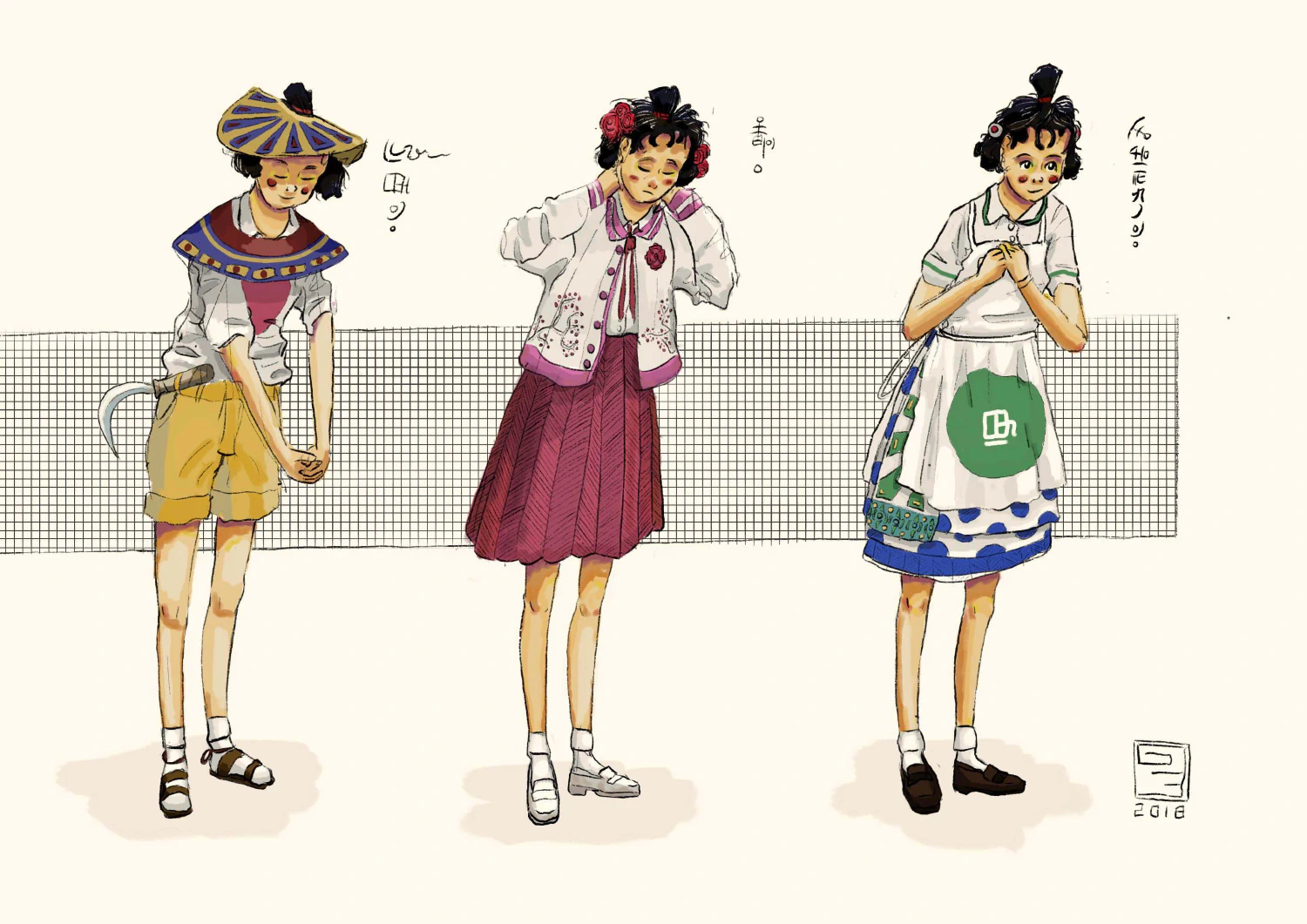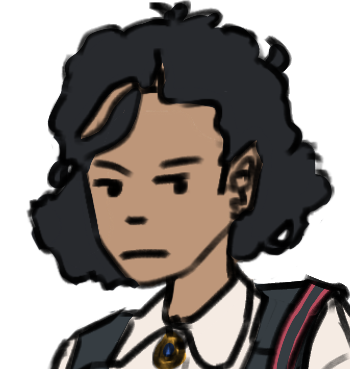NEW Story: Sunday Morning
How to Bow (and Fashion in Vekllei)

Vekllei has a pan-pacific flavour of greeting, usually a bow followed by a handshake. If you’re going to fit in, you’re going to have to learn how to do it right. Let’s get started.
First, Vekllei is extremely physical in its language. Not expressive, like how you might picture an Italian or American. Instead, it incorporates an auxiliary language called potenne or, ‘Hand-Talk’, which accompanies words. A forefinger sliding across a forefinger is ‘good’ or, ‘acknowledged’, and can be used with verbalising the word or as a signal.
Similarly, bowing takes on elements of potenne. There are hundreds of ways to bow, but there are a few basic rules that will make your time in Vekllei easier.
- The angle of the bow determines the seriousness of the gesture. A ninety-degree bow is most-serious, used for meeting foreigners of importance, apologising profusely, or welcoming a prestigious guest. In modern Vekllei, where mateship has displaced traditional hierarchy, it is rarely used except in service of others. Most common is fifteen degrees, with a maximum of forty-five in polite, formal conversation.
- You must not speak while bowing. The act is a word in itself and it is loud and obnoxious to speak and act. Welcome, or apologise, or thank the partner. Then bow.
- Formal bowing, as employed in serious or dire times as a collective action, is taken on the knees on the floor. The head is pressed against the ground. Those unable to kneel can lower their heads. The most obvious example of this for the reader is in the ten-minutes mourning following the Lola nuclear attack, when every able-bodied citizen faced the district and bowed in honour of the dead.
Let’s observe Tzipora Zelda Desmoines, miracle girl of Montre-Lola, in three types of bowing you are most likely to encounter in your travels.
- With hands interlocked, hanging parallel to the legs, the greeting bow is most common and works as a friendly gesture. Make sure to lock your fingers properly. Only with foreigners will you bow with your arms straight by your sides, so make sure to let the arms dangle perpendicular to your legs.
- To apologise, or excuse yourself, place your fingers gently on your neck and bow to the degree it is appropriate. Close your eyes. If the person has more to say, release your hands from the back of your neck, listen, then repeat the gesture.
- A welcome bow, employed as a gesture of solidarity, welcomes you into homes and places of business. This is not a ‘hello’, this is a, ‘how may I serve you?’. Forms fists with your hands and place them over your chest. Do not bow your head, and keep eye contact with the partner. It is unusual for foreigners to perform this bow, unless they are employed in some capacity. In Vekllei, this translates more literally to greetings, mate,’ and the service is implied.
Keep in mind that Vekllei does not use honourifics, and supplements titles with bows. These are important. Use them luxuriously, and have fun! Vekllei people will appreciate the gesture from a foreigner.
